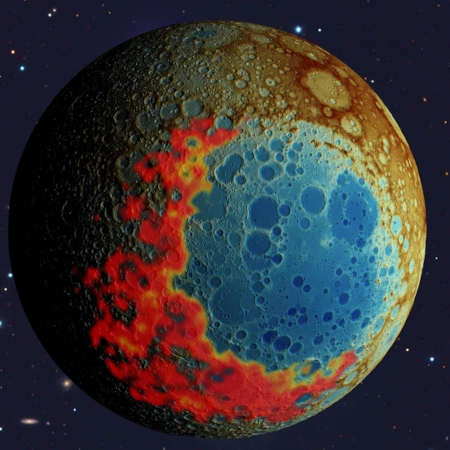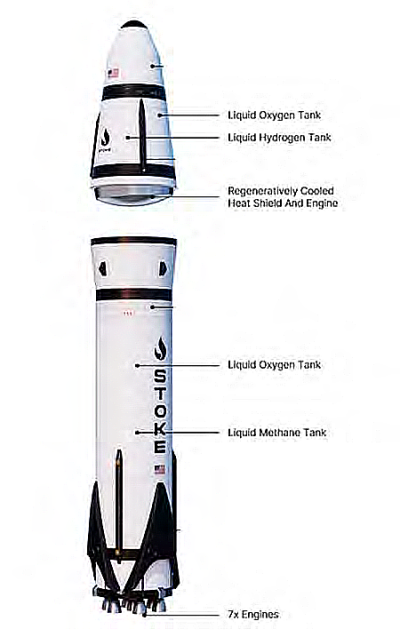Saturn as seen by Cassini in 2004, four months before orbital insertion
Cool image time! As most of the new cool images coming down from space seem mostly limited to Mars and deep space astronomy, I decided today to dig into the archive of the probe Cassini, which orbited Saturn from July 1, 2004 until September 15, 2017, when it was sent plunging into the gas giant’s atmosphere.
The picture to the right heralded the start of that mission, in that it was taken on February 19, 2004, a little over four months before the spacecraft fired its engines and entered orbit. I have rotated the image and cropped it to post here.
When Cassini snapped this picture it was just approaching the gas giant. The image itself is relatively small, with the resolution also relatively poor. You can see one of Saturn’s moons above the planet, but I can’t tell you which one. As noted at the webpage, this is a raw image that has not been “validated or calibrated.”
While not up to the amazing standard exhibited by Cassini’s images during its thirteen year stay at Saturn, it gave us a flavor of the wonders to come. Of all the planets, Saturn might be the most beautiful.
Cool image time! As most of the new cool images coming down from space seem mostly limited to Mars and deep space astronomy, I decided today to dig into the archive of the probe Cassini, which orbited Saturn from July 1, 2004 until September 15, 2017, when it was sent plunging into the gas giant’s atmosphere.
The picture to the right heralded the start of that mission, in that it was taken on February 19, 2004, a little over four months before the spacecraft fired its engines and entered orbit. I have rotated the image and cropped it to post here.
When Cassini snapped this picture it was just approaching the gas giant. The image itself is relatively small, with the resolution also relatively poor. You can see one of Saturn’s moons above the planet, but I can’t tell you which one. As noted at the webpage, this is a raw image that has not been “validated or calibrated.”
While not up to the amazing standard exhibited by Cassini’s images during its thirteen year stay at Saturn, it gave us a flavor of the wonders to come. Of all the planets, Saturn might be the most beautiful.











